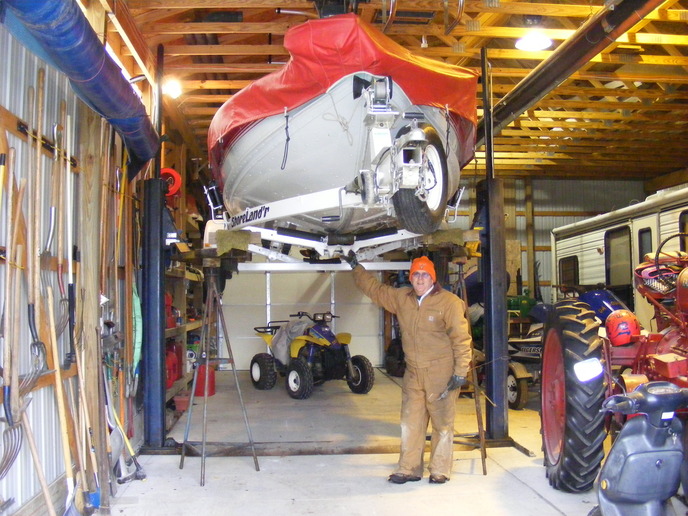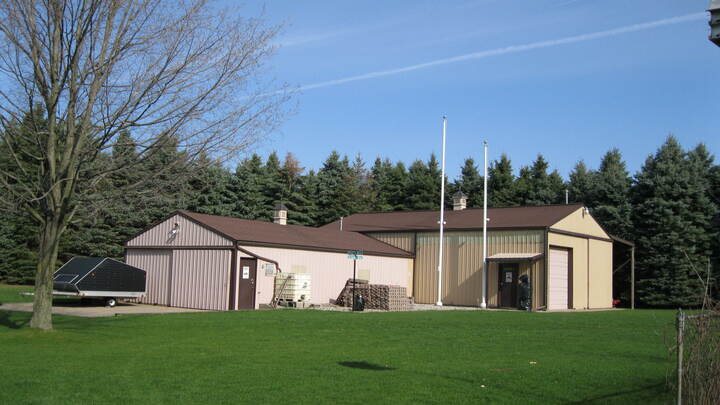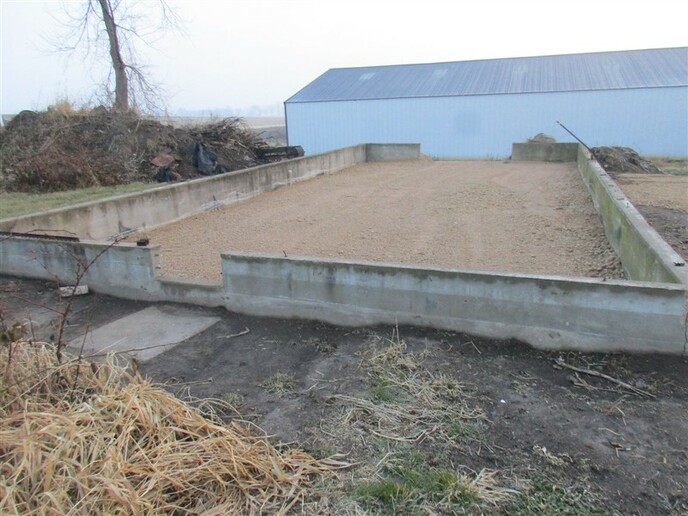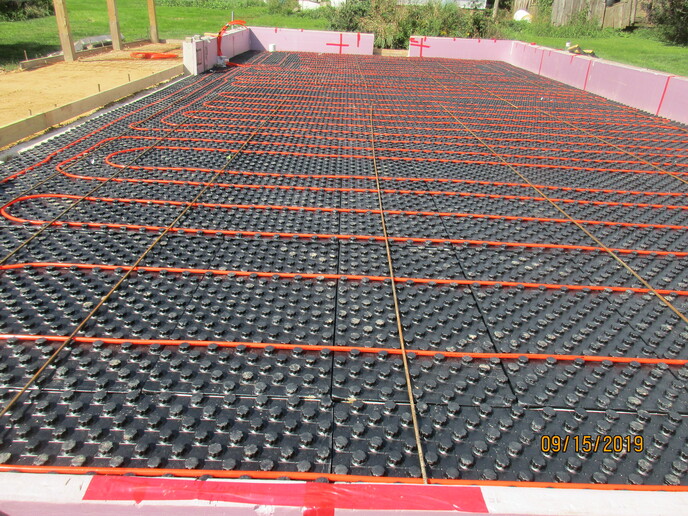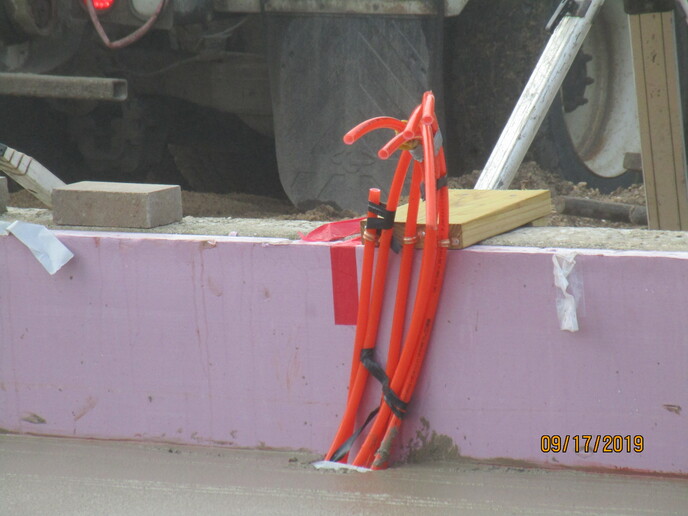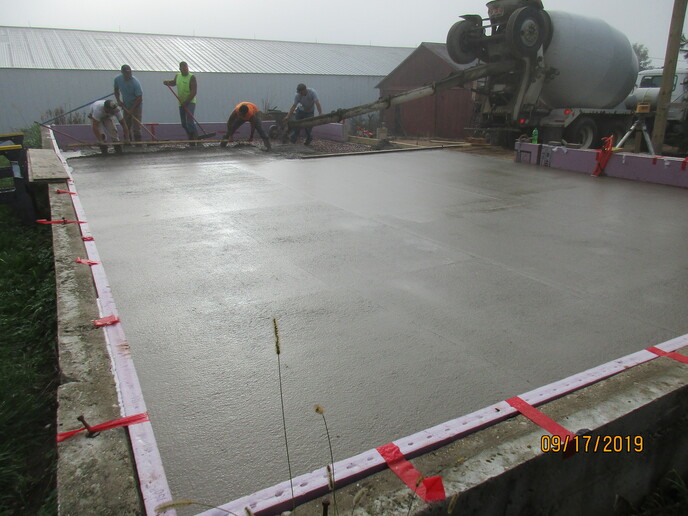Does anyone have experience with the water radiant heat in a pole barn? Ive got a 40x30 that Id like to heat. Half the barn already has a cement floor. When I pour the other side I was thinking to lay the pex tubing in. Also I was thinking about adding a heat exchanger with a fan, since it would only have tubing under half the building. Ive got an outdoor wood furnace for the house. Its over sized for the house, and it has another set of water outlets available, so it wouldnt be hard to run the lines out there. The barn isnt currently insulated, but Im thinking to have it spray foamed. Thoughts?
Thanks
Thanks



